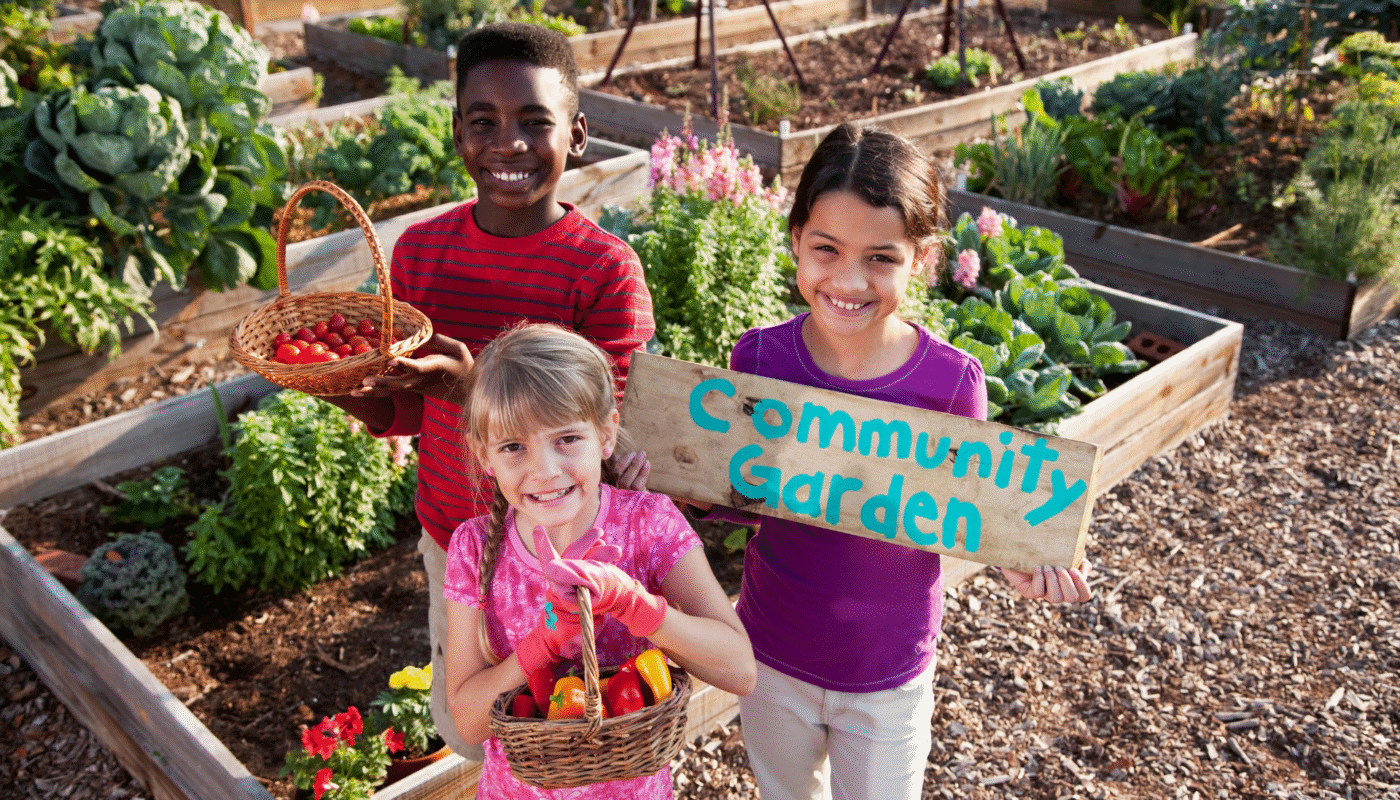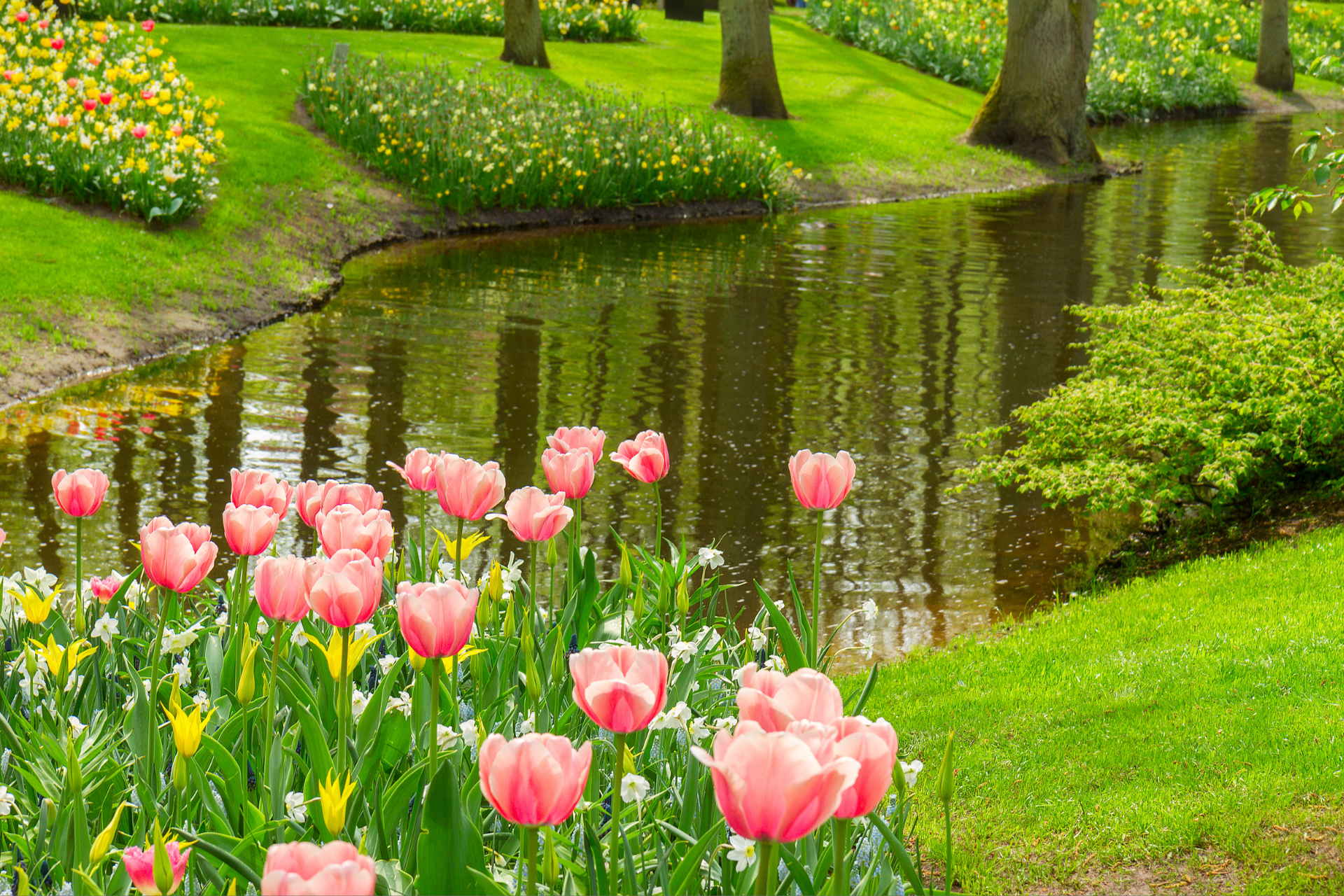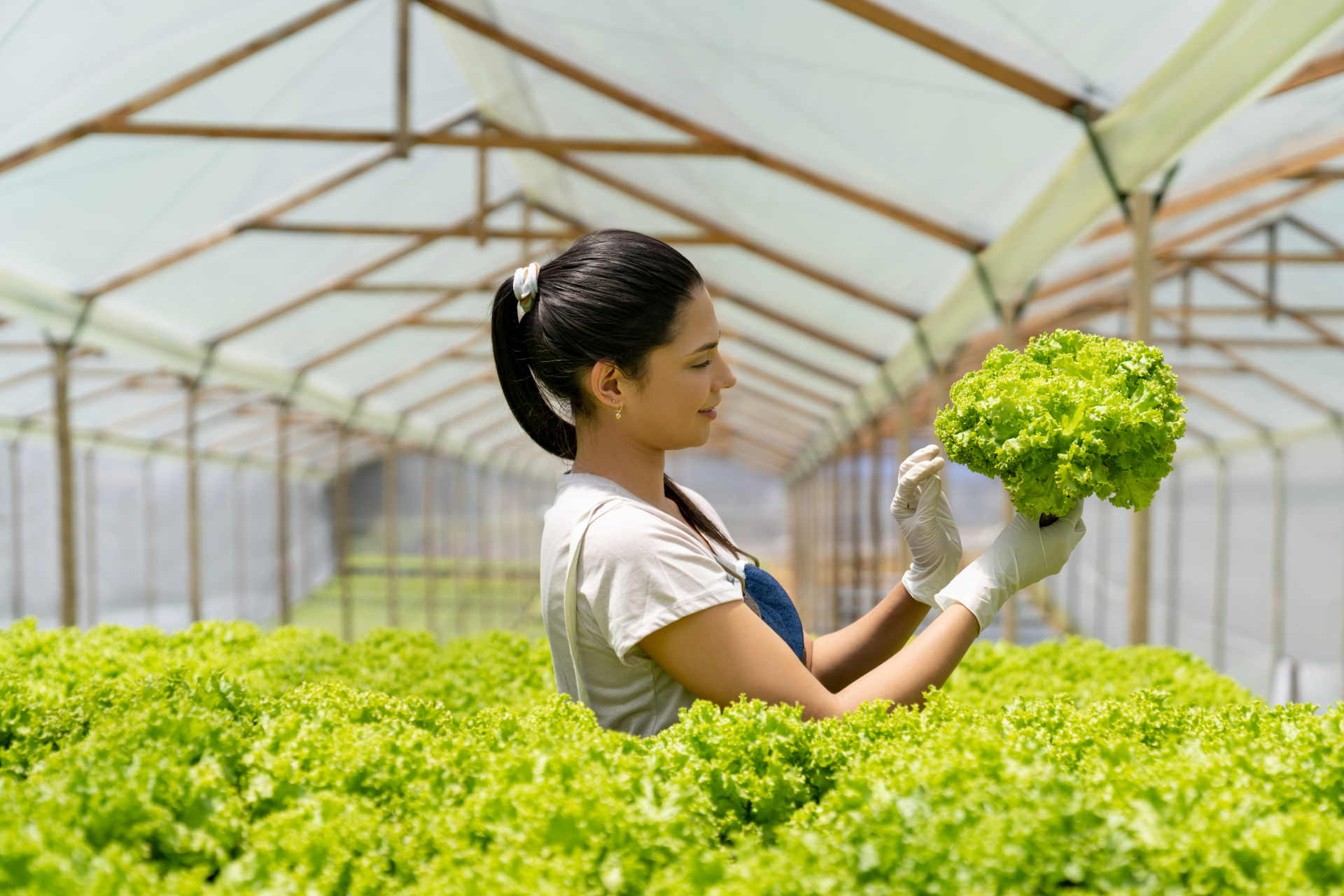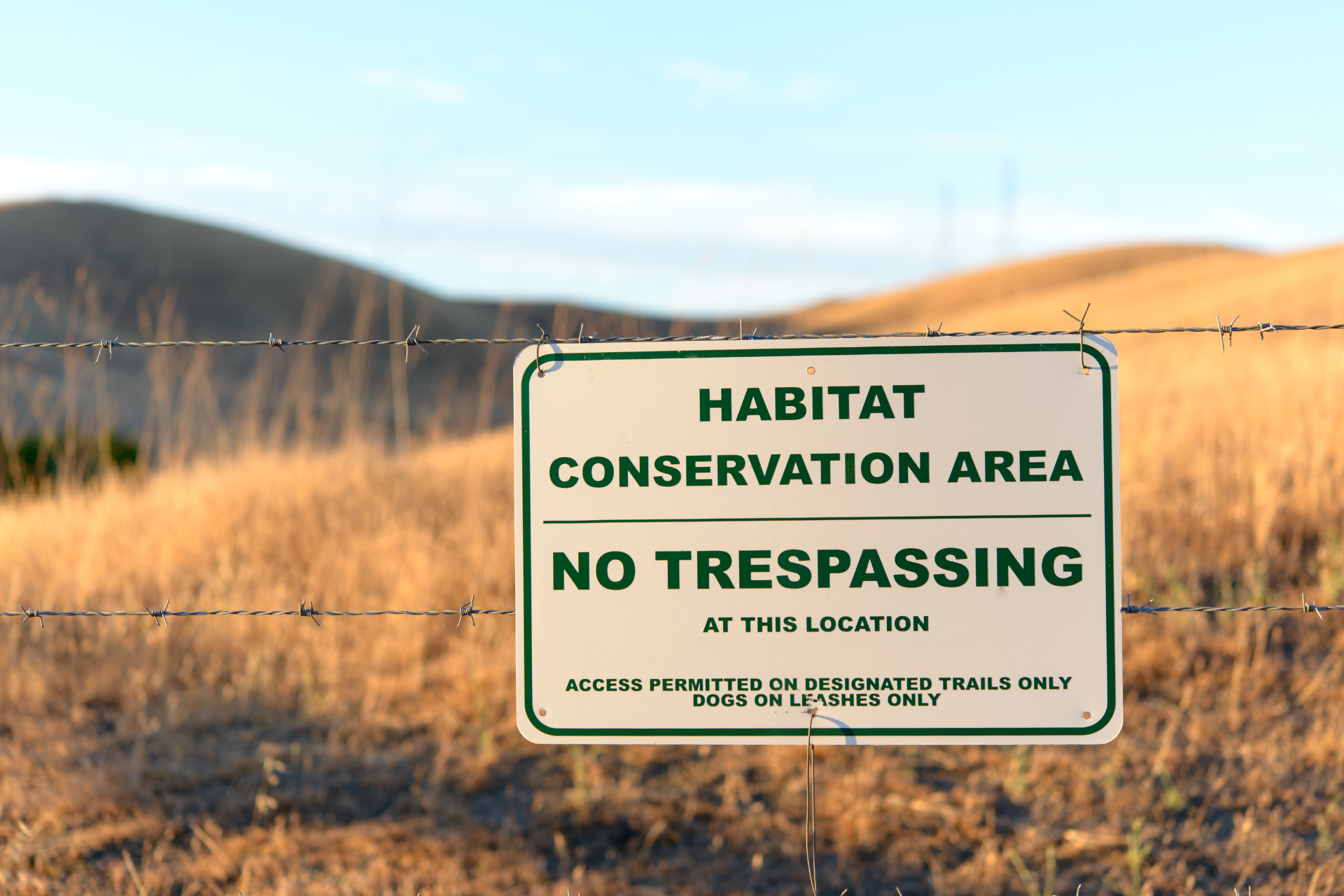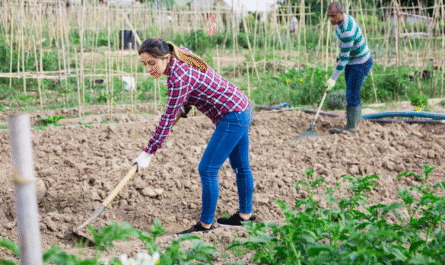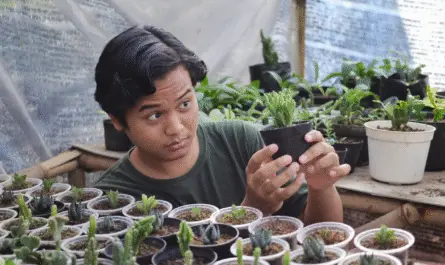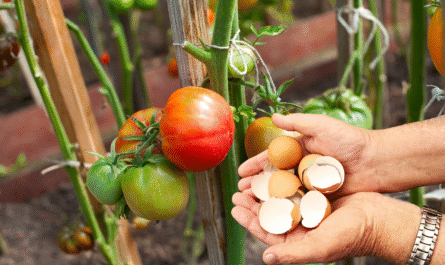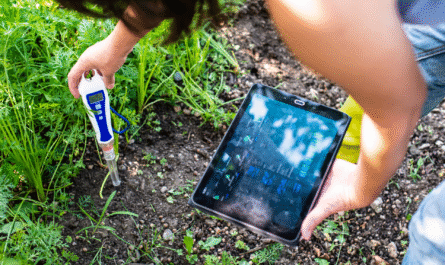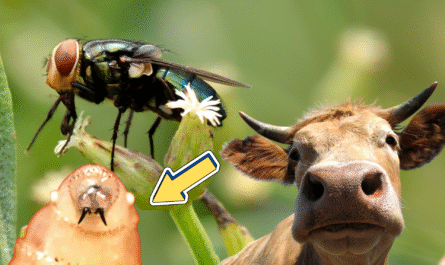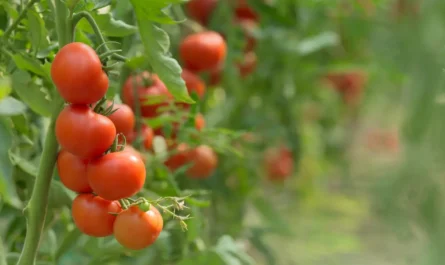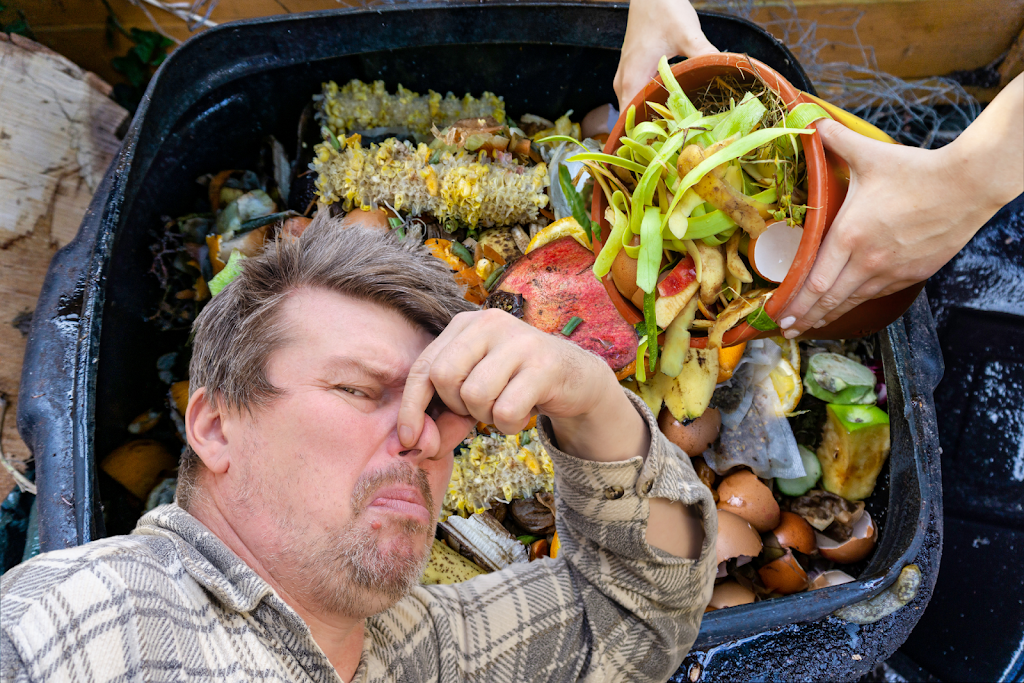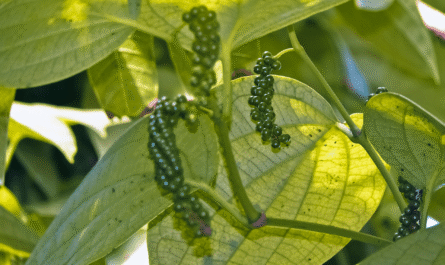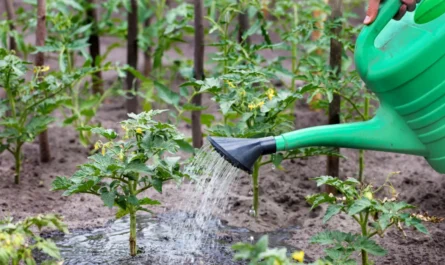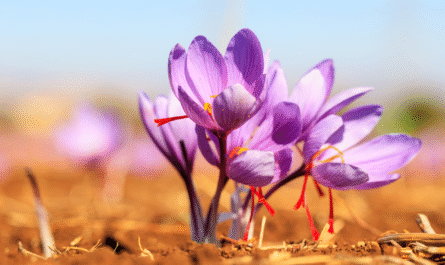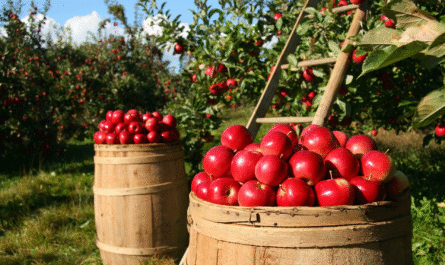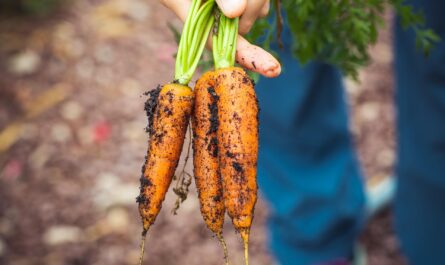Community garden ideas are a fantastic way to bring people together, promote sustainability, and create a sense of shared purpose.
Whether you’re in an urban area, a rural village, or a suburban neighborhood, a community garden can transform unused spaces into flourishing green hubs that benefit everyone.
In this guide, we’ll explore 20 community garden ideas that bring people together, boost sustainability, and create lasting memories.
What is a Community Garden?
A community garden is a shared space where individuals or groups come together to grow plants, vegetables, herbs, and flowers. These gardens can be found in cities, towns, schools, and rural areas.
They provide a place for people to connect, learn, and share, transforming empty plots into thriving green spaces. Community gardens are versatile, accommodating various gardening styles and preferences.
Community garden ideas range from small urban plots to expansive rural spaces. They can be organized as communal gardens, where everyone works together, or as allotment gardens, where members maintain individual plots. This flexibility makes them suitable for different community needs.
One of the greatest benefits of a community garden is social connection. Gardeners collaborate, share skills, and support each other, fostering a strong sense of community.
These gardens also promote sustainability by providing fresh produce, reducing food miles, and supporting biodiversity.
Moreover, community gardens offer educational opportunities. Schools can use them to teach students about nature, science, and nutrition. Workshops and events can also be held to educate the public about sustainable gardening practices.
Types of Community Gardens
1. Allotment Gardens
Allotment gardens are divided into individual plots that members can use to grow their plants. These gardens provide a sense of ownership while encouraging social interaction. Members can experiment with different plants, from vegetables to flowers.
Allotment gardens are ideal for those who want their own garden space but lack access to a backyard. They are common in urban areas where space is limited, giving residents the chance to cultivate their produce.
These gardens are typically managed by local councils, community organizations, or neighborhood groups. Rules may be set regarding plot maintenance and plant types, ensuring a clean and productive environment.
Moreover, allotment gardens are great for promoting biodiversity. By allowing members to grow a wide range of plants, they create habitats for insects, birds, and other wildlife.
Community events can also be held in allotment gardens, such as seasonal harvest festivals, which bring gardeners together to celebrate their efforts.
2. Therapeutic Gardens
Therapeutic gardens are designed to promote mental and physical well-being. They are often found in hospitals, nursing homes, and rehabilitation centers. These gardens offer a peaceful environment, helping to reduce stress and anxiety.
In therapeutic gardens, plants are chosen for their sensory qualities—fragrant flowers, textured leaves, and calming colors. These elements create a soothing atmosphere that encourages relaxation and mindfulness.
Raised beds and accessible paths ensure that people of all abilities can enjoy therapeutic gardens. They may also include seating areas, water features, and shaded spots for comfort.
These gardens can be used for various activities, such as gentle exercise, meditation, or art therapy. Gardening itself is a therapeutic activity, allowing individuals to connect with nature and experience a sense of accomplishment.
Therapeutic gardens are managed by healthcare professionals, volunteers, or community groups. Regular workshops can be held, teaching visitors how to use gardening for their well-being.
3. School Gardens
School gardens are educational spaces that provide students with hands-on learning experiences. Students learn about plant life, sustainability, and nutrition while developing teamwork and responsibility.
These gardens can be used for science lessons, teaching students about plant biology, ecosystems, and the importance of pollinators. They can also introduce students to healthy eating by growing fruits and vegetables.
School gardens can be customized to suit the school’s needs, with options for vegetable beds, herb spirals, or butterfly gardens. Students can participate in the planning, planting, and maintenance of the garden, making it a valuable part of their education.
Teachers can use the garden for interdisciplinary lessons, such as art (nature sketches), math (measuring plant growth), and environmental studies. This hands-on approach makes learning more engaging.
Community involvement is also encouraged, with parents and local volunteers helping to maintain the garden. This turns the school garden into a shared community project.
4. Orchard Gardens
Orchard gardens focus on growing fruit trees, providing fresh produce for the community. These gardens are a long-term investment, as fruit trees can take years to mature but offer consistent harvests.
Popular trees for orchard gardens include apple, pear, cherry, and plum trees. Citrus trees can also be grown in warmer climates. The choice of trees depends on the local climate and soil conditions.
Orchard gardens support biodiversity, attracting pollinators like bees and butterflies. Fallen fruit can also feed local wildlife, creating a balanced ecosystem.
Community members can share in the harvest, organizing seasonal picking events where everyone can enjoy the fruits of their labor. These events strengthen community bonds.
Orchard gardens require careful planning and maintenance. Regular pruning, pest control, and watering are essential for healthy trees. Community members can take turns managing these tasks.
5. Edible Landscaping Gardens
Edible landscaping gardens combine beauty and functionality. They feature plants that are both visually appealing and edible, such as colorful peppers, herbs, leafy greens, and edible flowers.
These gardens can be designed in a way that blends with the surrounding environment. Raised beds, vertical planters, and ornamental arrangements make them suitable for urban and suburban areas.
Edible landscaping is perfect for promoting sustainability. Instead of decorative plants, you grow food, reducing the need for store-bought produce and lowering your carbon footprint.
Community members can collaborate on the design, choosing a mix of perennial and seasonal plants. Workshops can be held to teach residents about growing and cooking with edible plants.
These gardens also provide educational opportunities, teaching people how to grow food sustainably. They are a great way to demonstrate that gardening can be both productive and beautiful.
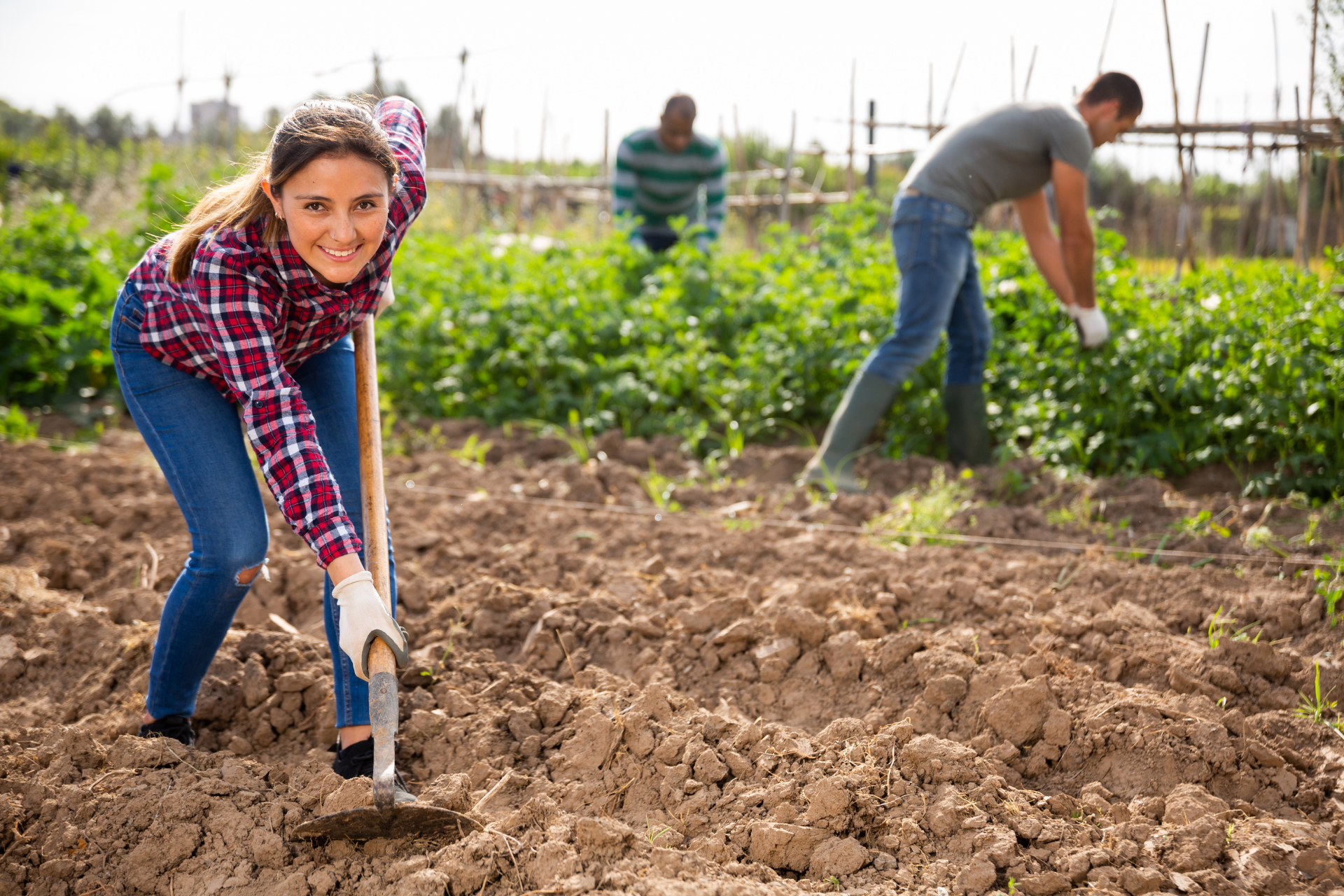
How to Build a Thriving Community Garden
1. Choose the Right Location
A successful community garden starts with choosing the right location. Look for a spot with access to ample sunlight, which is crucial for healthy plant growth. Ideally, your garden should receive at least six hours of direct sunlight daily. If possible, avoid shaded areas beneath tall buildings or dense trees.
Consider soil quality as well. Conduct a soil test to ensure it is fertile and free from contaminants. In urban areas, raised beds can be a solution if the ground soil is poor. Make sure there is a reliable water source nearby, such as a rainwater harvesting system or an outdoor tap.
Accessibility is another key factor. Ensure the garden is easy for community members to reach. Choose a site near residential areas, schools, or community centers to encourage participation. Clear and safe pathways are essential, especially for children and elderly gardeners.
Think about security. Choose a location that is visible and safe, reducing the risk of vandalism. Fencing can be used for protection, but it should not feel like a barrier to community members.
Get the necessary permissions from local authorities or landowners. Ensure your community garden is legally authorized, avoiding future disputes.
2. Engage the Community
A thriving community garden depends on active participation from community members. Start by hosting a meeting to discuss the idea and invite residents to share their thoughts. Use flyers, social media, and local notice boards to spread the word.
Create a planning committee that includes volunteers with different skills, such as gardening knowledge, event planning, or social media management. This ensures that tasks are evenly distributed, and everyone feels involved.
Regularly communicate with participants through a community newsletter, social media group, or a notice board in the garden. This helps keep everyone informed about upcoming events, maintenance schedules, and achievements.
Organize workshops and training sessions to help beginners learn basic gardening skills. These events can also include eco-friendly practices, such as composting, water conservation, and organic pest control.
Encourage a sense of ownership by giving members the freedom to propose ideas, organize events, and take responsibility for certain garden areas. This makes the community garden feel like a shared space for everyone.
3. Design Your Garden Layout
A well-thought-out community garden layout is essential for efficiency and beauty. Start by mapping out the garden space, considering the size and shape of the area. Use graph paper or digital design tools to create a scaled layout.
Divide the space into sections based on purpose. For example, you can have areas for vegetables, herbs, flowers, and fruit trees. Consider raised beds, vertical gardens, and containers for limited spaces.
Make paths wide enough for easy movement, especially for those with mobility issues. Gravel, wood chips, or paving stones are great options for pathways. Ensure the garden is accessible for all members, including children and the elderly.
Incorporate features like compost bins, water stations, and seating areas. A shaded area can provide a resting spot, while an information board can display garden rules and announcements.
Maintain a balance between beauty and functionality. Use a mix of colorful flowers, edible plants, and practical structures to create an inviting space.
4. Establish Rules and Responsibilities
Clear rules are essential for a successful community garden. Start by developing a set of guidelines that outline garden maintenance, plot assignments, and member behavior.
Decide who will be responsible for tasks such as watering, weeding, composting, and general cleanup. Some gardens use a rotating schedule to ensure everyone contributes.
Set rules regarding the types of plants that can be grown. This can help prevent invasive species or harmful plants from taking over. Organic gardening methods can also be encouraged to maintain a healthy environment.
Make sure members understand their responsibilities, such as keeping their plots tidy and respecting shared tools and equipment. Disputes can be resolved by a garden committee or through group discussions.
Ensure that the rules are visible. Display them on a notice board or provide a printed copy to all members.
5. Regular Maintenance
Regular maintenance is key to a thriving community garden. Create a maintenance schedule that covers tasks like watering, weeding, pruning, and harvesting.
Encourage members to take responsibility for specific tasks. A rotating schedule can ensure that everyone participates. For larger gardens, sub-groups can be assigned to manage different areas.
Host regular garden cleanup days where members come together to tidy up, plant new crops, and perform repairs. These events also strengthen the sense of community.
Provide training on sustainable gardening practices, such as organic pest control and composting. This helps maintain a healthy garden environment.
Celebrate your community garden’s achievements with seasonal harvest events, garden tours, or social gatherings, making maintenance a fun and social experience.
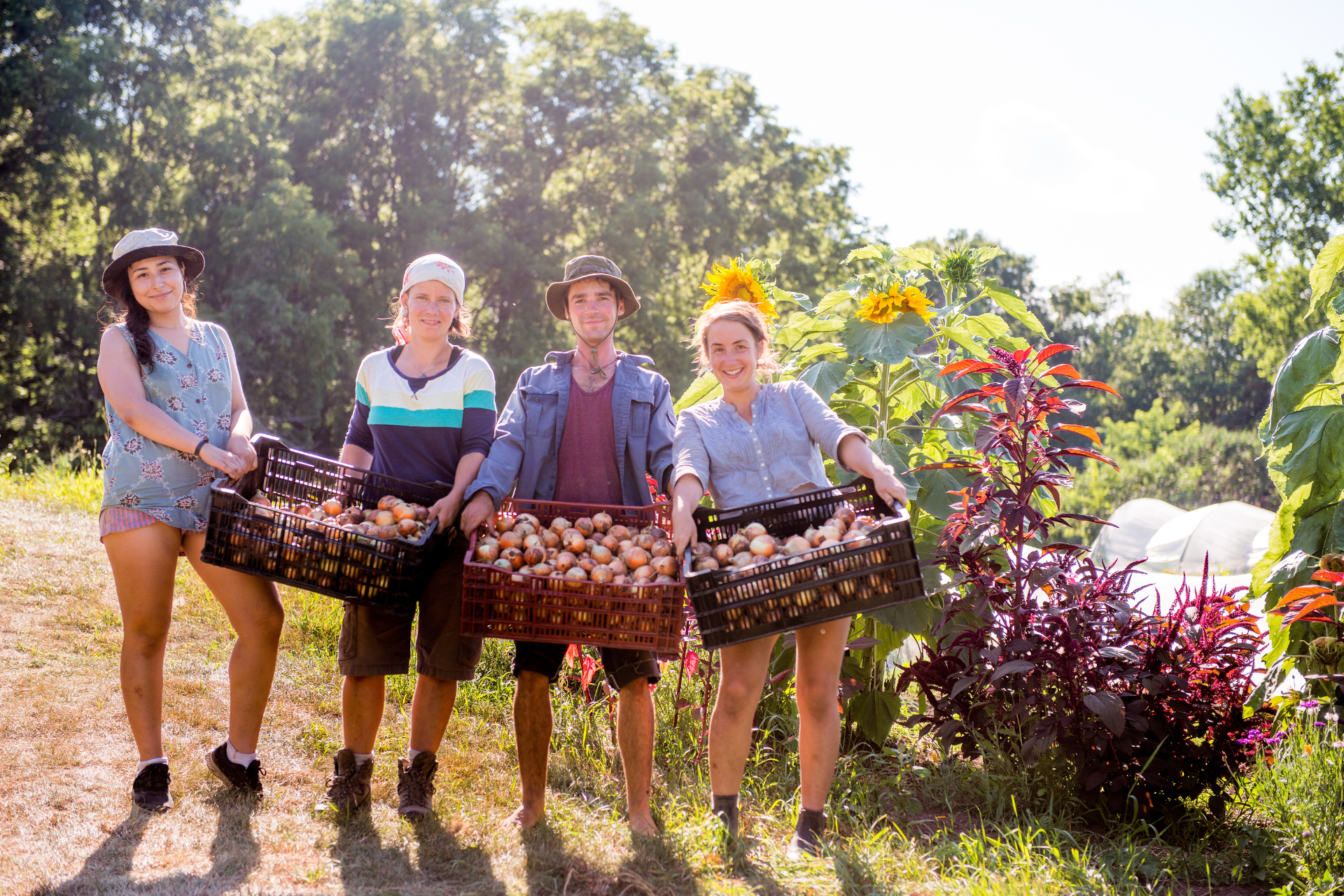
20 Community Garden Ideas To Try This Year
1. Pollinator Garden
A pollinator garden is designed to attract bees, butterflies, and other beneficial insects. These gardens are essential for supporting biodiversity and ensuring pollination for plants in the community garden.
To create a pollinator garden, choose nectar-rich flowers like lavender, sunflowers, and wildflowers. Native plants are especially effective because local pollinators are already familiar with them. You can also include herbs like mint, oregano, and thyme, which bloom beautifully.
Make sure to avoid using chemical pesticides, as these can harm the pollinators you are trying to attract. Instead, practice organic pest control methods, such as introducing ladybugs to control aphids.
Pollinator gardens can be integrated into existing community garden layouts or designed as separate sections. Educational signs can be added to teach visitors about the importance of pollinators.
2. Herb Spiral Garden
An herb spiral garden is a creative, space-efficient way to grow a variety of herbs in a small area. This vertical structure allows you to plant herbs with different sunlight and water needs in a compact space.
To build an herb spiral, create a spiral-shaped mound of soil or use stones to form the structure. The top of the spiral is ideal for herbs that prefer dry, sunny conditions, like rosemary and thyme. The lower, shadier sections are perfect for moisture-loving herbs like mint and parsley.
This design not only saves space but also creates a visually stunning focal point in the community garden. It is perfect for urban areas where ground space is limited.
Encourage community members to choose their favorite herbs, creating a shared resource for cooking, herbal teas, and medicinal uses.
3. Raised Bed Garden
Raised bed gardens are a popular community garden idea because they offer better soil control, improved drainage, and easier access for gardeners. These beds are perfect for urban areas, where soil quality may be poor or contaminated.
To build a raised bed garden, use untreated wood, bricks, or recycled materials to create the beds. Fill them with high-quality soil mixed with compost for nutrient-rich planting areas.
Raised beds can be used for vegetables, flowers, or herbs, making them versatile for various planting preferences. They are also great for individuals with mobility issues, as they reduce the need for bending down.
Community members can be assigned their own raised beds, giving them a sense of ownership while still being part of the larger garden community.
4. Sensory Garden
A sensory garden is designed to engage all five senses—sight, smell, touch, taste, and sound. These gardens are perfect for schools, therapeutic settings, or family-friendly community spaces.
Choose plants with fragrant flowers, such as lavender or rosemary, for scent. For touch, include plants with interesting textures, like lamb’s ear or ornamental grasses. Edible flowers and herbs can be used for taste, while rustling grasses and water features add sound.
Sensory gardens can be enhanced with interactive features, such as wind chimes, colorful garden art, and stepping stones. These elements make the garden a playful and relaxing space.
This type of garden is particularly beneficial for children, seniors, and individuals with disabilities, providing a safe and enjoyable space to explore.
5. Vertical Garden
Vertical gardens maximize space by growing plants upwards rather than outwards. They are perfect for community gardens with limited space, such as urban areas or schools.
These gardens can be created using wall-mounted planters, trellises, or hanging pots. Herbs, strawberries, leafy greens, and flowers are ideal for vertical gardening.
Vertical gardens can also add aesthetic appeal to community spaces, transforming blank walls into lush green areas. They can be placed against fences, on the sides of buildings, or even as freestanding structures.
Encourage community members to experiment with different plant combinations, creating a vibrant and diverse vertical garden.
6. Butterfly Garden
A butterfly garden is designed to attract and support butterflies, providing them with nectar-rich flowers like milkweed, marigolds, and zinnias. These plants offer both beauty and ecological benefits.
Creating a butterfly garden involves choosing plants that cater to different butterfly species. Native plants are especially beneficial because they provide familiar habitats. Consider adding host plants like dill, fennel, and parsley for caterpillars.
Avoid using pesticides in your butterfly garden, as they can harm these delicate insects. Instead, encourage natural pest control by attracting beneficial insects like ladybugs and lacewings.
Community members can learn about butterfly species and their life cycles, making the garden an educational space.
7. Rain Garden
A rain garden is designed to capture and absorb rainwater, reducing runoff and preventing soil erosion. This type of garden is an eco-friendly way to manage stormwater in community spaces.
To create a rain garden, choose a low-lying area that naturally collects water. Use moisture-loving plants like ferns, irises, and swamp milkweed. These plants will thrive in the damp conditions.
Rain gardens also support local wildlife by providing water and habitat. They are an excellent way to demonstrate sustainable landscaping practices to the community.
Regular maintenance is essential to keep the rain garden effective, including removing debris and ensuring proper drainage.
8. Children’s Garden
A children’s garden is designed for young gardeners, providing a fun, educational space where they can explore nature. These gardens can include raised beds, small flower patches, or even a sunflower maze.
Choose fast-growing, colorful plants that keep kids engaged, such as cherry tomatoes, sunflowers, and strawberries. Interactive elements like stepping stones, garden art, and sensory plants can also be added.
Organize gardening workshops for children, teaching them basic skills like planting seeds, watering, and harvesting. This hands-on experience fosters a love of nature from an early age.
Children’s gardens can also be a place for storytelling, games, and outdoor learning sessions, making them a versatile community space.
9. Edible Wall Garden
An edible wall garden is a space-saving solution for growing herbs, fruits, and vegetables vertically. This type of garden is perfect for urban areas with limited ground space.
To create an edible wall, use wall-mounted planters, pocket planters, or a vertical frame filled with soil. Popular plants include strawberries, lettuce, basil, and peppers.
Edible wall gardens are both practical and decorative. They can be installed on fences, building walls, or as freestanding structures.
Community members can share the harvest and learn about vertical gardening techniques, making it an interactive project.
10. Native Plant Garden
A native plant garden is designed to feature plants that naturally grow in your region. These plants are well-suited to the local climate, requiring less water and maintenance.
Native plants support local wildlife, including birds, butterflies, and pollinators. Examples include coneflowers, black-eyed Susans, and goldenrods for North America.
Such gardens are a great way to promote biodiversity while conserving resources. They also educate community members about the importance of native species.
To enhance the garden’s appeal, include educational signs that describe the plants and their benefits to the ecosystem.
11. Community Composting Garden
A community composting garden is a sustainable way to recycle organic waste and create nutrient-rich soil. Community members can bring their kitchen scraps, leaves, and garden waste to a central composting area.
To set up a composting garden, provide clear instructions on what can and cannot be composted. Compost bins or tumblers can be used for easy management. Regular turning of the compost ensures proper decomposition.
This type of garden not only reduces waste but also provides a valuable resource for enriching garden soil. Community members can use the finished compost to boost plant growth.
Educational workshops can be organized to teach members about composting techniques and the environmental benefits of reducing waste.
12. Fruit Tree Grove
A fruit tree grove is a beautiful and productive addition to any community garden. These groves can include a variety of fruit trees like apple, pear, cherry, and plum, providing fresh produce for the community.
Select tree varieties that are suitable for your local climate. Regular pruning, watering, and pest control are essential for a healthy grove.
Organize seasonal harvest events where community members can pick fresh fruits, creating a sense of shared ownership and celebration.
Fruit tree groves also support local wildlife by providing food and shelter for birds, insects, and small animals.
13. Community Greenhouse
A community greenhouse allows members to grow plants all year round, including delicate or tropical varieties. It is perfect for extending the growing season and starting seedlings for outdoor planting.
Construct a greenhouse using durable materials like polycarbonate panels or glass. Ensure proper ventilation to prevent overheating, and consider installing shelves for vertical planting.
Community members can be assigned plots within the greenhouse or share the space for collaborative planting. This setup also provides an educational space for teaching greenhouse techniques.
Greenhouses are great for growing herbs, leafy greens, and flowers, making them a versatile addition to any community garden.
14. Garden for the Elderly
A garden for the elderly is designed with accessibility in mind, featuring raised beds, wide paths, and seating areas. These gardens offer a safe and comfortable space for seniors to enjoy gardening.
Choose easy-to-grow plants like herbs, flowers, and vegetables. Raised beds reduce the need for bending, making gardening more comfortable for older adults.
Organize regular gardening sessions where seniors can socialize, learn, and share their gardening knowledge. This helps combat loneliness and promotes physical and mental well-being.
Community members can volunteer to assist seniors, making the garden a truly inclusive space.
15. Water Conservation Garden
A water conservation garden focuses on using water efficiently while maintaining a lush, green space. This type of garden can include drought-tolerant plants, rain barrels, and drip irrigation systems.
Native plants are a great choice for water conservation gardens because they are adapted to local climate conditions and require less water. Succulents, ornamental grasses, and Mediterranean herbs like lavender are excellent options.
Educational signs can be added to teach visitors about water-saving techniques, such as mulching and using greywater. This makes the garden both a beautiful space and an educational resource.
Regular maintenance is essential to ensure the garden remains efficient, including checking irrigation systems and removing water-hungry plants.
16. Art Garden
An art garden combines gardening with creativity, making it a colorful and inspiring space. Community members can contribute by creating garden sculptures, painted stones, murals, or mosaic pathways.
The plants in an art garden can also be chosen for their aesthetic value, such as vibrant flowers, ornamental grasses, and interesting foliage shapes. Flower beds can be arranged in creative patterns.
Regular art workshops can be held, where community members of all ages can create art pieces to add to the garden. This keeps the space fresh and engaging.
An art garden can also host art exhibitions, poetry readings, or live performances, making it a versatile cultural space.
17. Seasonal Flower Garden
A seasonal flower garden is designed to showcase blooms that change with the seasons, providing year-round beauty. This garden can include spring bulbs like tulips, summer sunflowers, autumn chrysanthemums, and winter pansies.
Carefully planning the flower varieties ensures that the garden is always colorful. Perennials can be mixed with annuals for continuous blooming.
Seasonal flower gardens are perfect for community events, such as spring planting days or autumn harvest festivals. They also attract pollinators, supporting local ecosystems.
Community members can participate in choosing the flowers, planting, and maintaining the garden, creating a shared sense of pride.
18. Container Garden
Container gardens are perfect for spaces with poor soil or limited space, such as urban areas or rooftop gardens. These gardens can include a variety of containers like pots, hanging baskets, or recycled items.
Plants that thrive in containers include herbs, flowers, strawberries, and even small vegetables like tomatoes or peppers. Community members can personalize their containers with colorful designs.
Container gardens are highly versatile and can be rearranged easily to suit the season or space. They are also a great option for individuals with mobility issues, as the containers can be placed at accessible heights.
Workshops can be held to teach community members how to choose the right plants, maintain containers, and create artistic arrangements.
19. Community Orchard
A community orchard is a shared space where members can grow and harvest fruit trees together. Popular trees include apples, pears, cherries, and plums.
Organizing seasonal harvesting events allows everyone to enjoy the fruits of their labor, creating a sense of shared ownership and celebration.
Orchards also support local wildlife by providing food and shelter. Pollinators like bees benefit from the tree blossoms, while birds enjoy the fruit.
Community members can learn about tree care, pruning, and pest management, making the orchard an educational space.
20. Wildlife Habitat Garden
A wildlife habitat garden is designed to support local wildlife, including birds, butterflies, insects, and small mammals. This garden can include a mix of native plants, bird feeders, nesting boxes, and water features.
To attract a variety of species, include plants with berries, nectar-rich flowers, and dense shrubs for shelter. Avoid using pesticides, which can harm wildlife.
Community members can participate in monitoring the garden’s wildlife, creating a sense of shared discovery. Educational signs can help visitors learn about the species they see.
This garden is an excellent way to promote biodiversity while providing a peaceful, natural retreat for community members.
FAQ About Community Garden Ideas
How do I start a community garden in my area?
Gather community interest, find a suitable location, get permission, plan the layout, and organize volunteers.
What are the best plants for a community garden?
Easy-to-grow vegetables (like tomatoes, lettuce), herbs, and native flowers are ideal.
Can I start a community garden in an urban area?
Yes, use vacant lots, rooftops, or raised beds in small spaces.
What are the benefits of a community garden?
They promote healthy eating, community bonding, education, and green space.
How do I manage a community garden effectively?
Create clear rules, assign plots, schedule maintenance, and foster communication among members.

